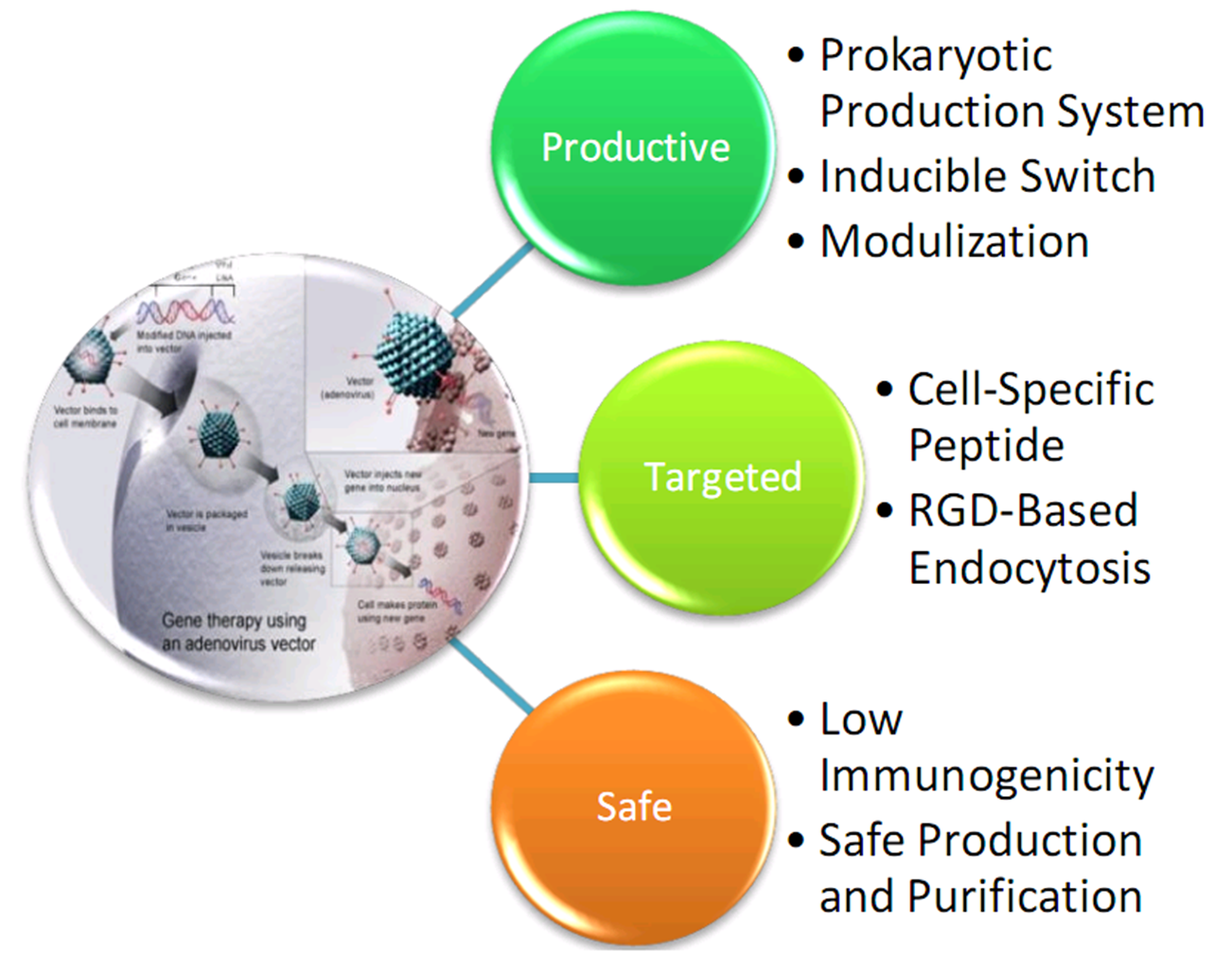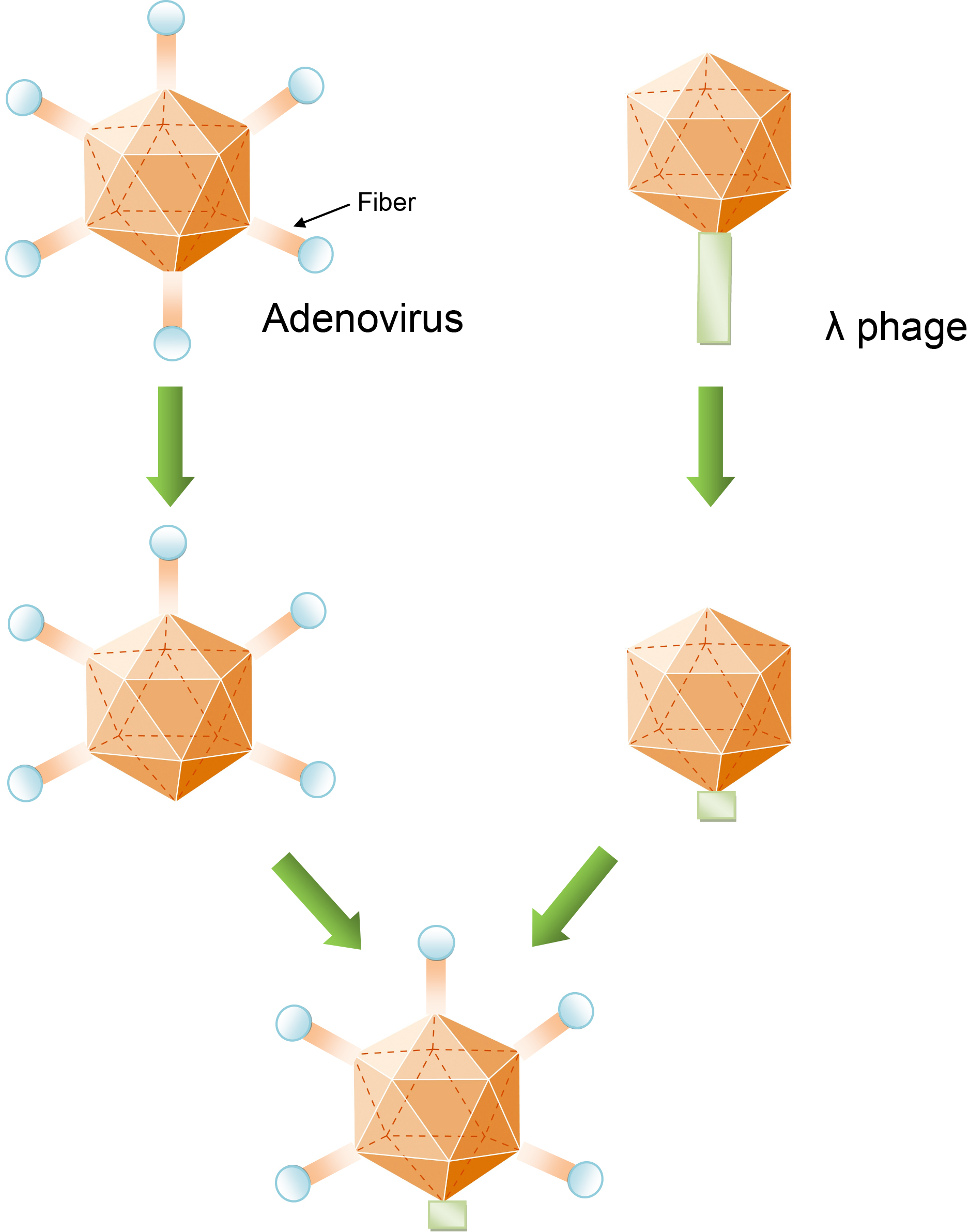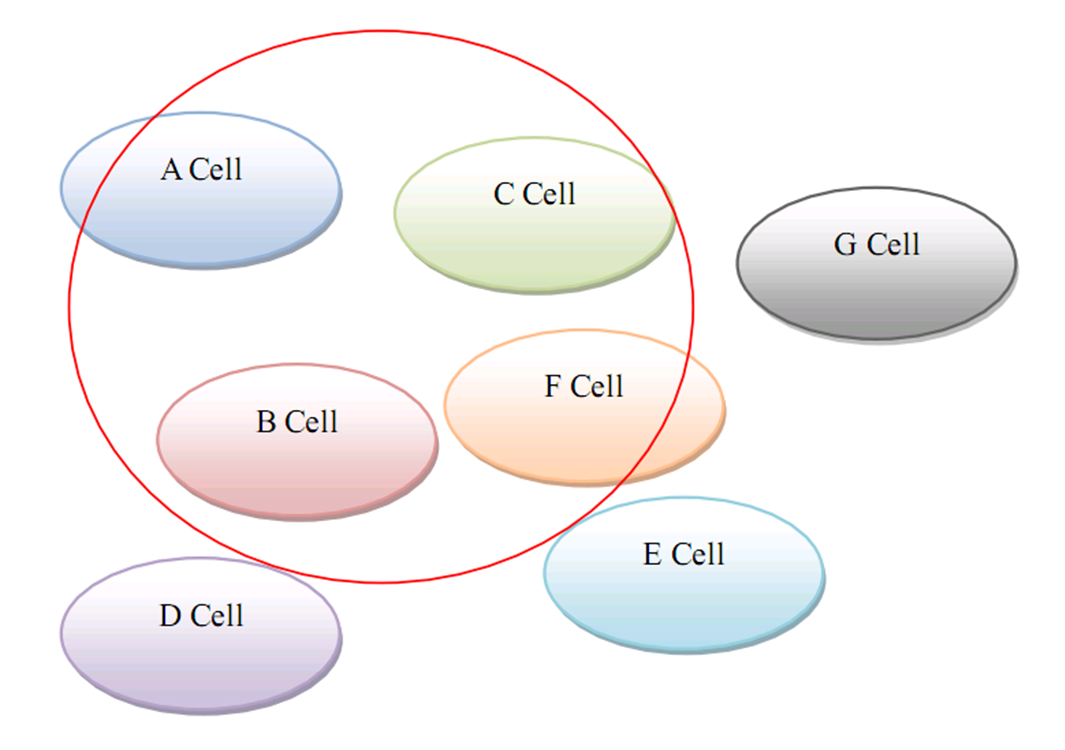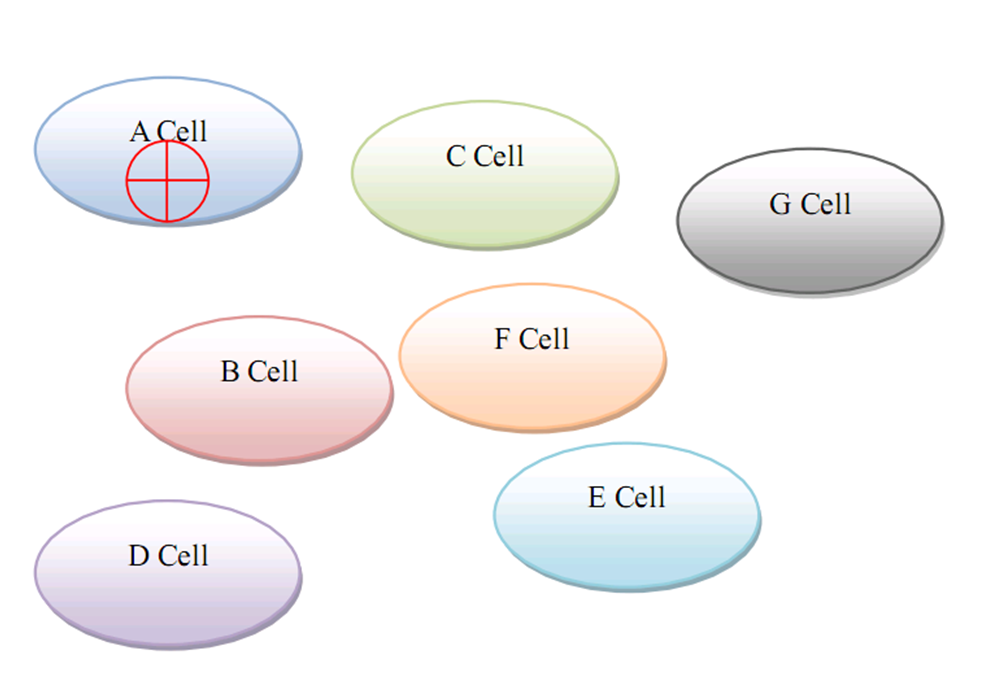Team:Tsinghua/Brainstorming
From 2009.igem.org
| Home | Background | Brainstorming | Design | Experiment | Results | Conclusion | Protocol |
|---|
Contents |
Problem Generalization
Although several successive gene therapeutic approaches have been reported[1,2], an ideal gene delivery system with targeted specificity, high efficiency and safety is still not available[1,3,4]. Generally speaking, these factors to a large extent depend on the gene therapy vectors used[5]. In other words, the gene delivery system is still a bottleneck as well as a universal problem in the practical fields of gene therapy.
Basic Idea
We aim at synthesizing a gene therapy vector which is structurally and functionally similar to a commonly used viral vector termed adenovirus vector[6]. However, in order to achieve the synthetic biology standard for human practice in the realm of gene therapy, this gene therapy vector should be industrially easy to manipulate in its production and genetically easy to modify in its specificity. Also, based on the social implication of synthetic biology[7,8], the synthetic gene therapy vector must be safe for possible clinical use.
We compared and contrasted the structure of viron between adenovirus and bacteriophage lambda, and found the following facts: 1) the shapes of the viron of both adenovirus and bacteriophage lambda is a regular icosohedron[9], while the adenovirus protein (fiber) that determines its specificity is positioned on the vertices of the icosohedral viron, which can specifically bind with a receptor called CAR[10]; 2) CAR is widely distributed on the plasma membrane of various types of cells[11-13], which partially contributes to its poor specificity to the target cells as well as its potential cytotoxicity[9,10]; 3) the proliferation of bacteriophage lambda is solely on the basis of its host E.coli, while the production of adenovirus gene therapy vector normally depends on eukaryotic cell lines which is more cost-inefficient and time-consuming; 4) the vertices of adenovirus viron are composed of pentamer of protein III attached to trimer of protein fiber, while the vertices of bacteriophage lambda viron are composed of protein C encoded by lambda phage genome.
Thus, if we can manage to synthesize a bacteriophage-lambda-based gene therapy vector in simulation to the adenovirus vector but modified at the vertices position of its viron, then the production of the synthetic gene therapy vector can be simplified and much easier to manipulate. In addition, considering the low immunogenicity of lambda phage proteins[6,14], the safety of the gene therapy can be improved compared with conventional adenovirus vector.
Innovation in Synthetic Biology
Our Project is equivalent to apply synthetic biology concepts and standards at the genomic level, constructing a genome which is neither adenovirus nor bacteriophage lambda genome. This synthetic genome, however, is capable of producing standardized and targeted gene therapy vectors for human clinical practice. Also, we use the abstraction principle in our design of this genome in order to make the synthetic gene therapy vector easy to be further modified, improved and industrialized. This project implicates the development of synthetic biology come to a higher level of living organism, the genome, which meets the trends of synthetic biology innovation.
Terminology
We termed our synthesized targeted gene therapy vector "GenSniper" to describe the cell specificity based on the BioBrick targeted approach. Unlike the traditional gene therapy vector able to infect a variety of cells, GenSniper will be capable of specifically infecting one type of cells, just as snipers specifically shoot one target at high resolution.
Apparently, other approaches (especially fusion proteins) have been reported for targeted gene therapy. As for our project, we aim at providing a standardized modification principle for targeted gene therapy, namely the introduction of Targeted BioBrick. With the cell-specific peptides changed by PCR, the synthesized GenSniper will be able to target different type of cells. Targeted BioBrick can also be incorperated onto different proteins for different function into a specific type of cells.
Moreover, we termed the whole project "SynGenome Based GenSniper" or SBG, since the GenSniper we constructed is based on the synthetic genome which recombined the lambda and adenovirus genome for human practice. Reconstruction the genome of life form is also a hot area in synthetic biology, and our innovation is the synthesis of the viral genome that serves human practice. We also proposed two approaches, Bottom-Up and Top-Down, for genome synthesis procedures.
Interestingly, the abbreviation SBG can also be recognized as Synthetic Biology in Gene Therapy, which is the topic of our project. We hope our attempt in iGEM09 can do help to the application of synthetic biology in clinical uses such as gene therapy.
Summary
Our project aims at applying the ideas of synthetic biology at the genomic level and building a targeted gene therapy vector that can be applied with respect to certain needs of specificity. Also, we intend to propose a procedure for selecting certain synthetic gene vectors with specificity of one’s interest based our design gene therapy vectors. Mathematic modeling focus on both the synthesis of the targeted gene therapy vectors as well as the evaluation of the specificity selection procedure.
We termed our synthetic targeted gene therapy vector "GenSniper" due to its precisely targeted property and high efficiency. However, the research and development of a targeted gene therapy vector for clinical uses still requires a long-term effort, which can hardly be accomplished solely on the time scale of iGEM competition.
References
[1] David A.Williams, and Christopher Baum. Gene Therapy—New Challenges Ahead. Science. 2003, 302, 400-401.
[2] Marina Cavazzana-Calvo et al.. Immunodeficiency (SCID)-X1 Disease Gene Therapy of Human Severe Combined. Science. 2000, 288, 669-672.
[3] Esmail D. Zanjani, and W. French Anderson. Prospects for in utero human gene therapy. Science. 1999, 285, 2084-2088.
[4] Leland H. Hartwell, Leroy Hood, Michael L. Goldberg, Ann E. Reynolds, Lee M. Silver, Ryth C. Veres. Genetics: From Genes to Genome. McGrawHall, 3rd edition, 2008.
[5] http://en.wikipedia.org/wiki/Gene_therapy
[6] Jerry Guo, and Hao Xin. Splicing out the West?. Science. 2007, 314, 1232-1235.
[7] Chopra Paras, and Akhil Kamma. Engineering life through Synthetic Biology. In Silico Biology 6. http://www.bioinfo.de/isb/2006/06/0038. Retrieved on 2008-06-09.
[8] http://www.syntheticbiology.org
[9] Michael T. M., John M. M., and Jack P. Brock Biology of Microorganisms. Prentice Hall, 12th edition, 2008.
[10] Glen RN, and Phoebe LS. Role of αv integrins in adenovirus cell entry and gene delivery. Microbiology and Molecular Biology reviews. 1999, 63, 725-734.
[11] Yuanming Zhang, and Jeffrey M. Bergelson. Adenovirus Receptors. J. Virol. 2005, 79, 12125–12131.
[12] Miyazawa N, Crystal RG, and Leopold PL. Adenovirus serotype 7 retention in a late endosomal compartment prior to cytosol escape is modulated by fiber protein. J. Virol. 2001, 75, 1387–1400.
[13] Shayakhmetov DM, Eberly AM, Li ZY, and Lieber A. Deletion of penton RGD motifs affects the efficiency of both the internalization and the endosome escape of viral particles containing adenovirus serotype 5 or 35 fiber knobs. J. Virol. 2005, 79, 1053–1061.
[14] http://www.8gaa.com/movie/587/index.html
 "
"




